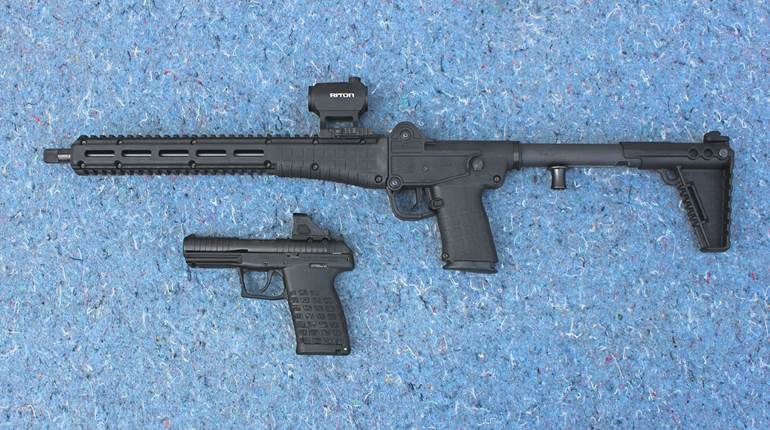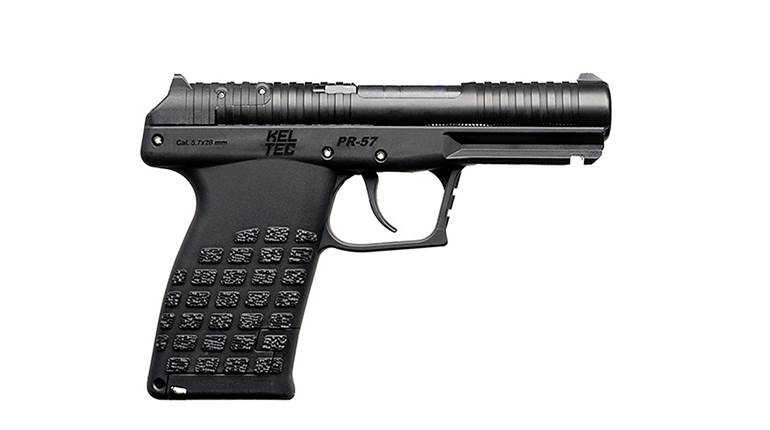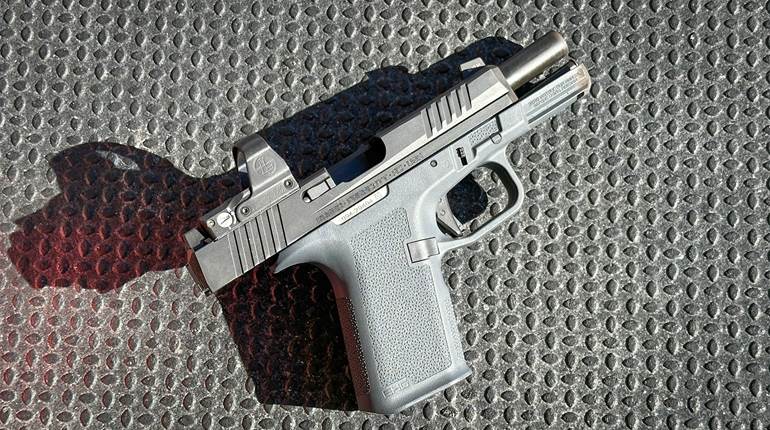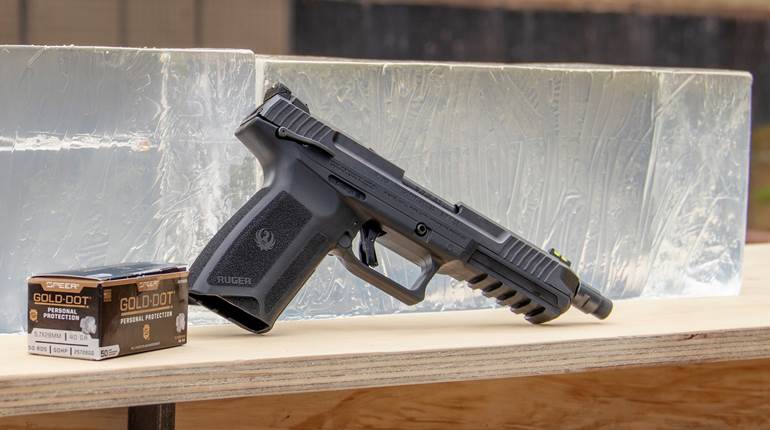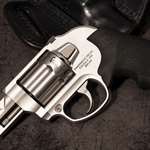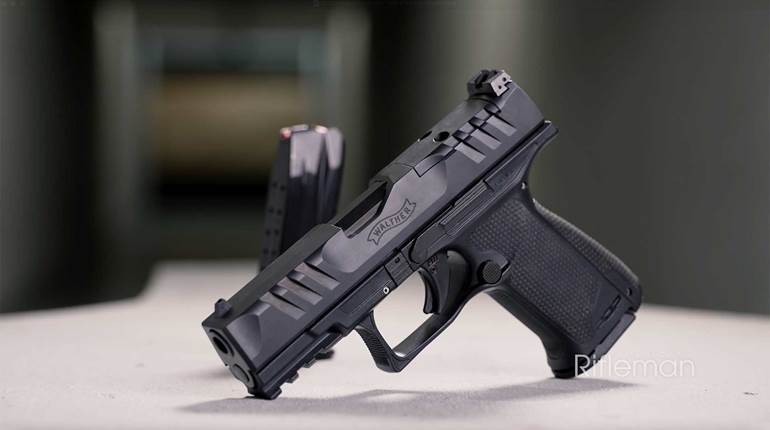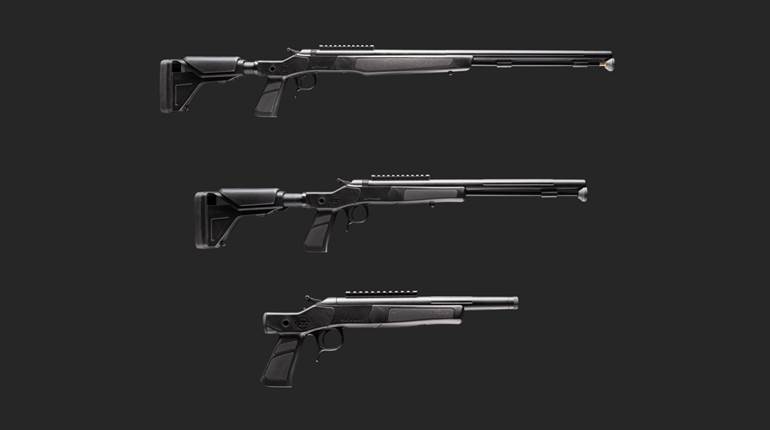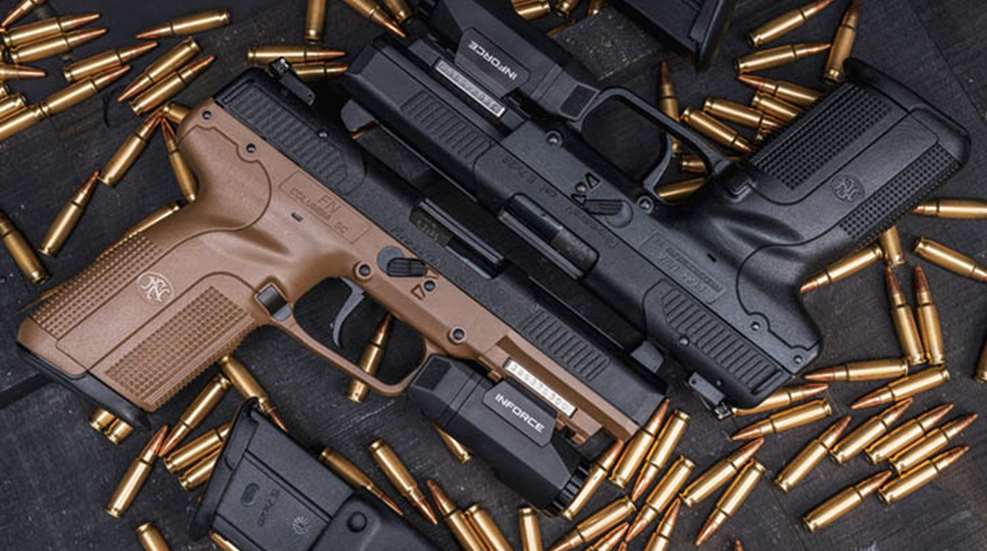
The FN-designed 5.7x28 mm caliber has been officially standardized by the North Atlantic Treaty Organization (NATO). Its development began in the late 1980s when, “Jean-Paul Denis and Marc Neuforge, designers at FN Herstal, started from scratch to design a new cartridge and then a platform to launch it,” according to Dave Campbell’s story for American Rifleman. “The cartridge had no parent case. What FN put forth was a 1.138" long case with a rebated rim, with a 35-degree shoulder that launched a .22-cal. bullet weighing from 23 to 31 grains: the 5.7x28 mm.” Today a variety of commercial firearms are chambered for it, including those from FN USA—the FN P90 and FN Five-seveN pistol.
NATO standardization integrates the 5.7x28 mm into the organization’s Multi-Caliber Manual of Proof and Inspection (AEP-97) and adds it to the portfolio of standardized NATO small-caliber ammunition, along with the 9 mm NATO, the 5.56 NATO, the 7.62 NATO and the 12.7 NATO (widely known as .50 BMG).
FN’s no novice to getting cartridges accepted and adopted on an international scale. It designed the 5.56 and 7.62 cartridges standardized by NATO in 1981 and 1957, respectively. The designation provides armies with the guarantee of interchangeability between ammunition from different manufacturers and operational efficiency in like-caliber firearms.
NATO was officially formed in 1949 and one of its earliest missions was the creation of ammunition standards that allow member nations to safely comingle supplies if necessary. There was no such agreement in place during World War II, when allies arrived at the front with a potpourri of cartridges with varying dimensions and pressures. As the Cold War heated, the goal became logistically critical.
With almost three decades of trusted use, the FN 5.7x28 mm continues to grow in popularity. “Nearly 50 nations use the 5.7x28mm…including the United States, where no fewer than 19 law-enforcement agencies, both federal and state, are using it,” Campbell explains. “The cartridge and the guns chambered for it seem to have found favor with special forces and counter-terrorist operators.”













